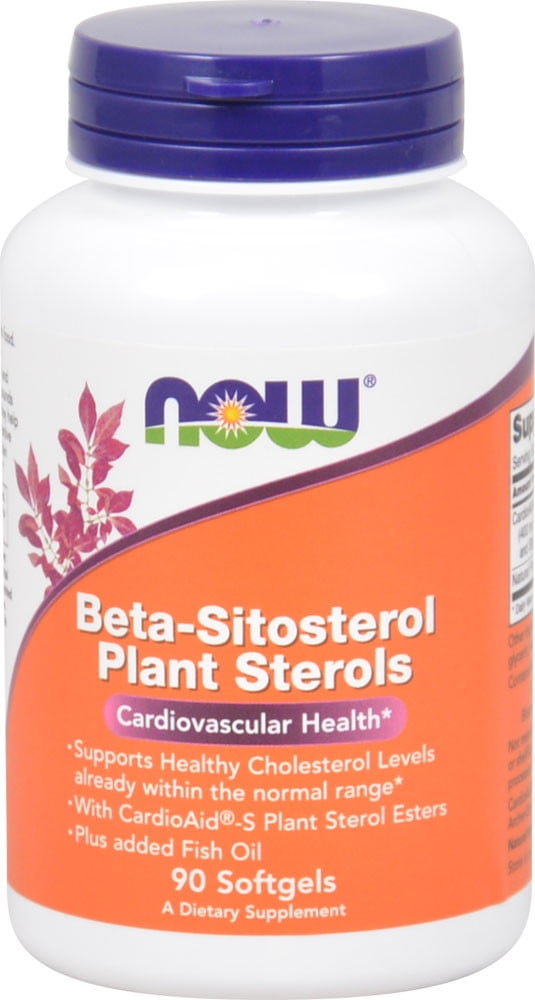

Lipids include cholesterol, triglycerides, high-density lipoprotein (HDL) and low-density lipoprotein (LDL). Try to get about 150 minutes of physical activity every week, or about 30 minutes per day for most days of the week. Limit red meat, sugary products and dairy products made with whole milk. Very high: A triglyceride level of 500 mg/dL or higher. Eat heart-healthy foods like fruits, vegetables, poultry, fish and whole grains. High: A triglyceride level between 200-499 mg/dL. Borderline high: A triglyceride level between 150-199 mg/dL. Cholesterol and triglycerides in the blood can clog arteries, making you more likely to develop heart disease.Īlso to know, what is the normal range for HDL and LDL?Ī lipid panel is a test that measures fats and fatty substances used as a source of energy in the body. The values or numbers for TGs are classified as: Normal: A triglyceride level of less than 150 mg/dL. These measurements give the doctor a quick snapshot of what's going on in your blood.

Likewise, what do my lipid panel results mean? A lipid profile is a blood test that measures the amount of cholesterol and fats called triglycerides in the blood. Similarly, you may ask, what are normal levels of lipids? To help get your cholesterol levels into the healthy range, you may need heart-healthy lifestyle changes or medicines.Normal: Less than 200 mg/dL. Routine blood tests can show whether your cholesterol levels are healthy. Unhealthy cholesterol levels are often caused by lifestyle habits, such as unhealthy eating patterns, in combination with the genes that you inherit from your parents. HDL cholesterol carries cholesterol and plaque buildup from your arteries to the liver, so it can be flushed out of the body.

This may lead to heart attack, stroke, or other health problems High levels of “good” HDL cholesterol may actually lower your risk for health problems. High levels of “bad” LDL cholesterol cause plaque (fatty deposits) to build up in your blood vessels. Some people, such as people who have heart disease or diabetes or who have a.


 0 kommentar(er)
0 kommentar(er)
